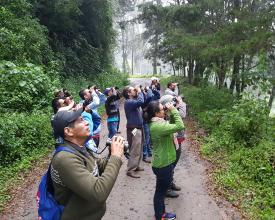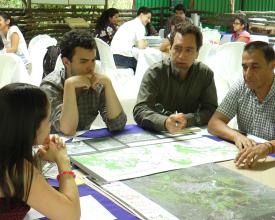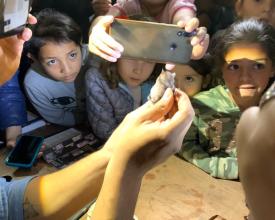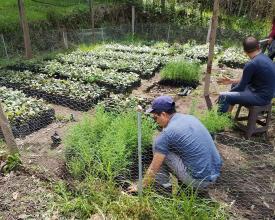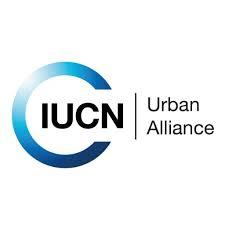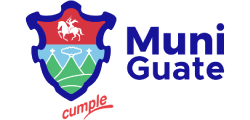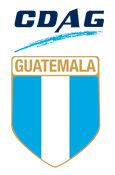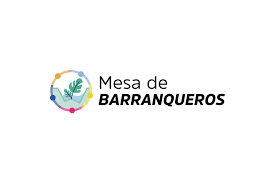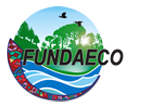
El Cinturón Verde Metropolitano de Ciudad de Guatemala: Una red verde y azul de naturaleza protegida para la biodiversidad y la resiliencia urbana
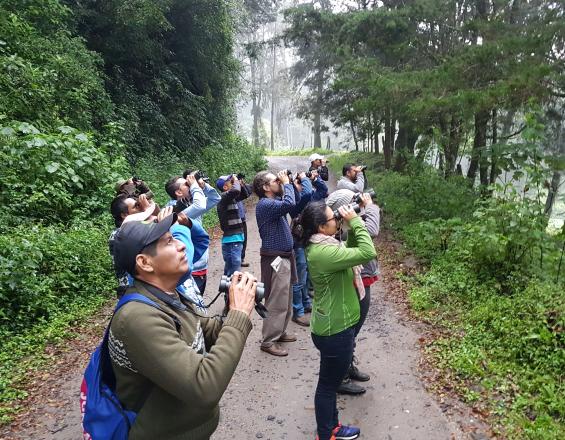
La iniciativa "Cinturón Verde Metropolitano" de FUNDAECO ha tratado de establecer una red de reservas naturales en barrancos boscosos dentro de la ciudad de Guatemala, con el fin de proporcionar espacios recreativos públicos seguros para todos los habitantes de la ciudad. Esta infraestructura verde urbana también está aumentando la resiliencia de la ciudad al cambio climático mediante la protección de microcuencas, la recarga de la capa freática, la reducción de la vulnerabilidad a los deslizamientos de tierra, la protección de la biodiversidad urbana y la lucha contra el efecto isla de calor.
En 1995 FUNDAECO creó el primer Parque Ecológico Metropolitano en una quebrada dentro de la Ciudad ("Parque Cayalá"). Los impresionantes cañones que atraviesan la ciudad habían sido considerados tradicionalmente basureros, peligrosos refugios de delincuentes y asentamientos ilegales y altamente vulnerables.
Desde entonces, muchos barrancos se han convertido en espacios verdes públicos para los ciudadanos. Los ayuntamientos han promulgado planes de zonificación, se han creado nuevos parques y actualmente se está desarrollando una red verde de espacios protegidos.
Impactos
Mediante la promoción de dos planes municipales de ordenación del territorio, planes directores de áreas protegidas y la creación, restauración y protección de nueve parques ecológicos y reservas naturales, el proyecto ha contribuido directamente a la conservación de unas 16.500 ha de bosques en cinco "Zonas de Vida" de la región metropolitana. Estos parques ofrecen zonas de recreo público y educación ambiental. En los últimos 25 años, se ha sensibilizado a más de 400.000 personas mediante visitas ecológicas guiadas, charlas y ferias medioambientales.
Entre las especies y ecosistemas protegidos se encuentran: bosques de pino, bosques latifoliados mixtos y bosques de encino, con 16 especies de Quercus de las cuales 13 están bajo alguna categoría de amenaza según datos de la UICN; 46 especies de orquídeas, 23 de ellas en el apéndice II de CITES; 23 especies del género Tillandsia; 399 especies de aves de las cuales 32 están bajo la designación altamente vulnerables y con necesidad urgente de atención especial"; 60 especies de reptiles (tres en estado vulnerable); 26 especies de anfibios (tres críticamente amenazadas y seis endémicas); y por último (aunque son necesarios más estudios), se calcula que en la región estamos protegiendo hasta 138 especies de mamíferos.

